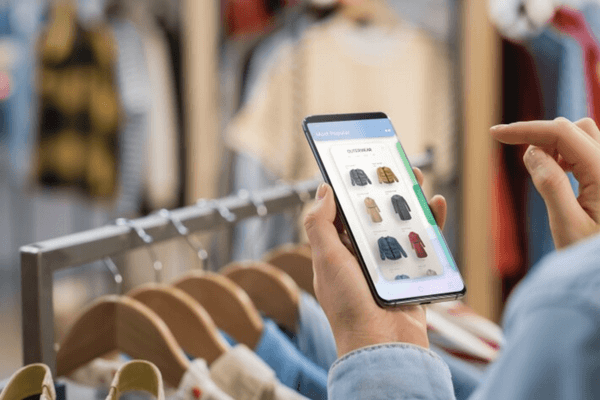Payment solutions have evolved significantly throughout history, keeping pace with technological advances and changes in consumer habits.
Today, we are living through a new revolution driven by e-commerce and the demands of a 4.0 consumer, who values speed, convenience and security, both in physical environments and online.
In this context, the different payment solutions for physical shops and online shopsThis means that they need to respond to the specific needs of each channel, offering agile, secure shopping experiences adapted to the profile of each customer.
The Evolution of Payment Methods
The first coins replaced direct exchanges in classical civilisations. Banknotes enabled more valuable and convenient transactions.
In the 20th century, payment cards accelerated this even more evolution of means of payment.
Today, with the growth of e-commerce, new requirements are emerging: digital means of payment, contactless payments, e integration of physical and online systems.
Consumer behaviour: physical shops vs. online shops

It's increasingly difficult to distinguish between physical and digital consumers. In fact, we're talking about the same customer, who behaves differently depending on the purchasing channel.
What the consumer values in physical shops:
- Tactile and immediate experienceYou can see, touch and test the product.
- Personalised servicewith quick responses and face-to-face support.
- Simple and fast checkoutwith a focus on contactless payments and the use of TPA (Automatic Payment Terminal).
- Reduced friction during purchasewith immediate delivery.
What online consumers are looking for:
- Detailed descriptions products and intuitive navigation.
- 24/7 customer servicepreferably human.
- Competitive prices, loyalty programmes e exclusive promotions.
- Secure online payment methodssuch as MB WAY, Apple Pay, Google Pay, e ATM references.
- Fast and free deliveries.
Payment Methods in Physical Stores
In physical shops, consumers expect a quick and hassle-free shopping experience. That's why the use of POS in a physical shop is indispensable. These devices make it possible:
- Card payments with PIN;
- Contactless payments by card, MB WAY or digital wallets;
- Accepting payments by NFC or QR codereducing queues and simplifying checkout.
Integrating digital payments with physical commerce
To bring the physical shop experience closer to that of e-commerce, more advanced terminals are appearing, such as:
TPA Android Smart and App Soft
- They are ideal for events, deliveries or establishments with limited space;
- They guarantee integration with digital solutionssuch as invoicing and sales management apps;
- They make it possible to offer solutions such as the Instalment plan with UNICREwhich makes it easy to pay in instalments directly at the point of sale.
- They turn a mobile device into a Digital POS;
- They allow you to receive mobile payments in mobility;
These technologies offer consumers fast digital payments, zero friction and the convenience of paying online.
Hybrid Payment Systems: The same solution on several channels
Yes, it is possible to integrate the same online payment solution in physical and digital shops. How?
Pay by Link: The Flexible Solution for Website-Free Sales
Ideal for restaurants, services or small shops, the solution Pay by Link from REDUNIQ allows you to send a payment link to the customer for SMS, WhatsApp or e-mail. The customer can pay with:
- MB WAY
- Apple Pay
- Google Pay
- PIX
- Multibanco reference
With the Pay by Linkpayment is made in seconds, in the customer's language (up to 5 languages available) and with protection 3D Securewith no membership or monthly fees.
Conclusion
The payment solutions for physical and online shops don't have to be competitors, but complementary.
By integrating digital means of payment, Modern TPAs e hybrid systems such as Pay by LinkAs a result, businesses increase their competitiveness and offer a consistent experience to the consumer, wherever they shop.


